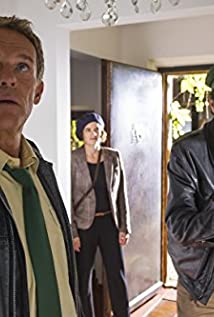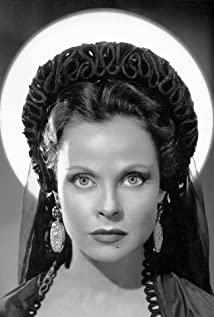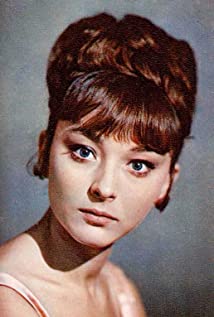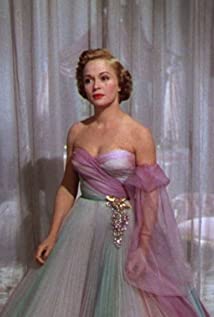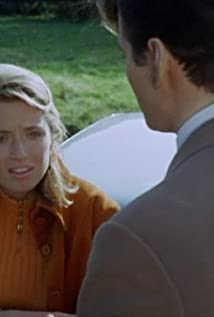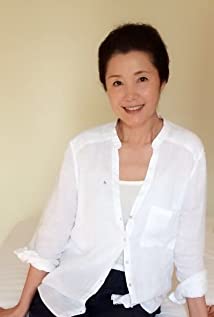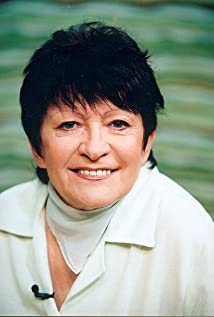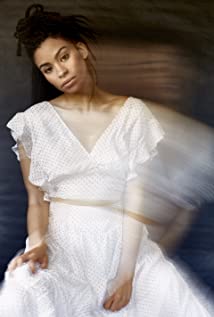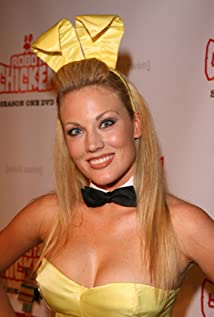In May 1928 Maria Reese was elected to the national parliament (Reichstag) for the South Hanover-Braunschweig electoral district. She represented, at this stage, the Social Democratic Party (SPD). Her candidature had resulted from her having been talent spotted the previous year by Gustav Noske who had been impressed by her speeches. It was also in 1928 that her marriage failed. What Noske had not anticipated was her defection in 1929 to the Communist party, and it was as a communist member that she sat as a Reichstag deputy till 1933. Her own later explanations for the defection indicate that she had found the SPD insufficiently radical, while she had, back then, been inclined to believe the intellectual case supporting the Communist Party's genuine socialist credentials, while dismissing negative reports emerging from the Soviet Union as propaganda. It does appear, in addition, that Ernst Torgler, the leader of the Communist Party group in the Reichstag, quickly identified her, among the new intake of SPD members, as a potential recruit, and worked hard to encourage her to come on over. In the Reichstag she applied her eloquence to attacking the rising Nazi Party and, in particular, the powerful current of antisemitism within it.





